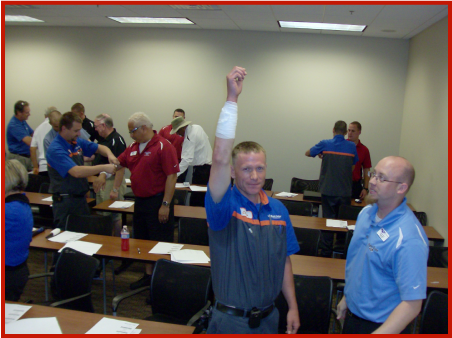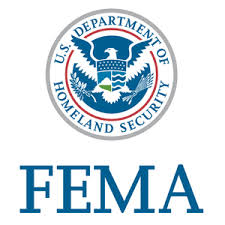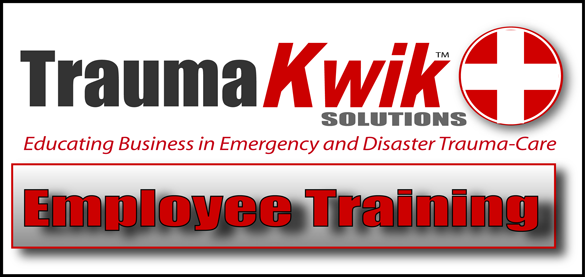
TraumaKwik's Disaster/Emergency Training and Education:
We OUTFIT your business/school with the most advanced Trauma Kit on the market, the ABS1 TRAUMAKIT(S) featuring the new and patent pending "KwikGauze Roller". This trauma kit is designed to break away from the wall and be quickly carried to those with traumatic injuries. We then provide your employees/teachers an overview of this kit along with the latest techniques in Trauma-care where they will learn to recognize and treat the ABCs (the 3 killers). They will then be taught the newest form of CPR or Hands only CPR (please see article below on CCR-Continuous Chest Resuscitation) and practice this life-saving technique on mannequins until they are proficient. Our classes are taught by certified Instructors who follow the latest FEMA and Nationally based Emergency care and First-aid protocols in a fun and informative one-hour hands-on experience.
Why are the ABCs of Trauma-care referred to as the 3 killers
and what do they stand for?
Airway
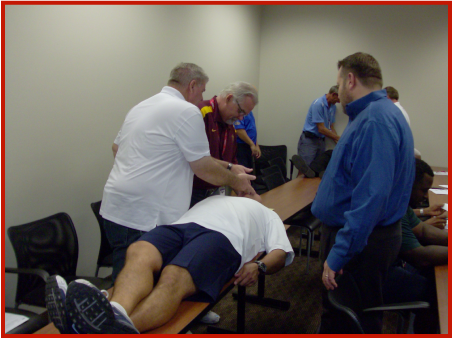 |
It goes without saying that breathing is vital to life. In our hands-on training modules we will be teaching proper techniques for opening and maintaining an airway for those who are injured and unable to help themselves. |
Bleeding
|
Traumatic Bleeding can also result in death. Our Certified Instructors will teach proper techniques for stopping bleeding, arterial and venous, quickly and efficiently using a variety of first-aid products or tools on hand. |
|
Circulation
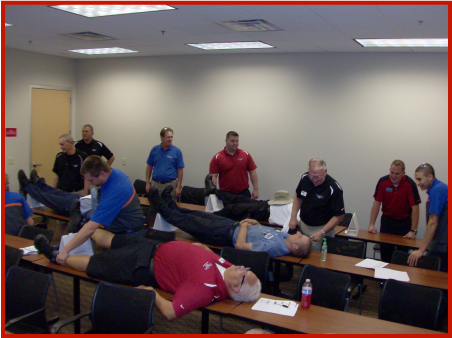 |
Poor circulation (Shock) is a life-threatening medical disorder resulting from ineffective circulation of the blood. Remaining in shock will lead to death. In our course, employee/students will learn how to recognize signs of shock, even the easily missed ones, and then provide treatment for shock that can help in traumatic times. These easy-to-learn life-saving techniques can empower anyone to save lives! |
Continuous Chest Compression(CCR) vs. Regular CPR
Gary Abe NREMT-P/CEP
Chest Compression only CPR - (CCR) goes by several different names but the outcome is clear: IT SAVES LIVES! It is used for witnessed sudden cardiac arrest of adults and teens. It is not intended to use on infants or victims of drowning, drug overdose, collapse due to breathing problems, or prolonged cardiac arrest.
Why should I learn to do CCR(Continuous Chest Resuscitation)?
- It saves lives.
- It is easy to learn. Anyone can learn how to do it.
- You don’t have to give breaths to the victim. Because of this, more people are willing to assist others.
- It increases a victim’s chances of survival. Latest studies indicate it may be better for victims, in certain situations, than traditional CPR.
- The facts are that you will probably use it on someone you know and care about.
Studies show survivability doubles using CCR
The American Heart Association reports using CCR rather than traditional CPR can double survivability for:
“bystander intervention in out-of-hospital cardiac arrest…The changes included using chest compressions only for bystander resuscitation without breathing into the mouth, and even when the emergency services arrived, it was recommended to continue chest compressions and defibrillator shocks for several minutes before attempting to intubate the patient. With these changes, survival of patients with primary cardiac arrest in Arizona increased over a five-year period from 17.7% to 33.7%. Similar results were seen in two rural counties in Wisconsin that also made such changes.” http://www.theheart.org/article/1483145.do
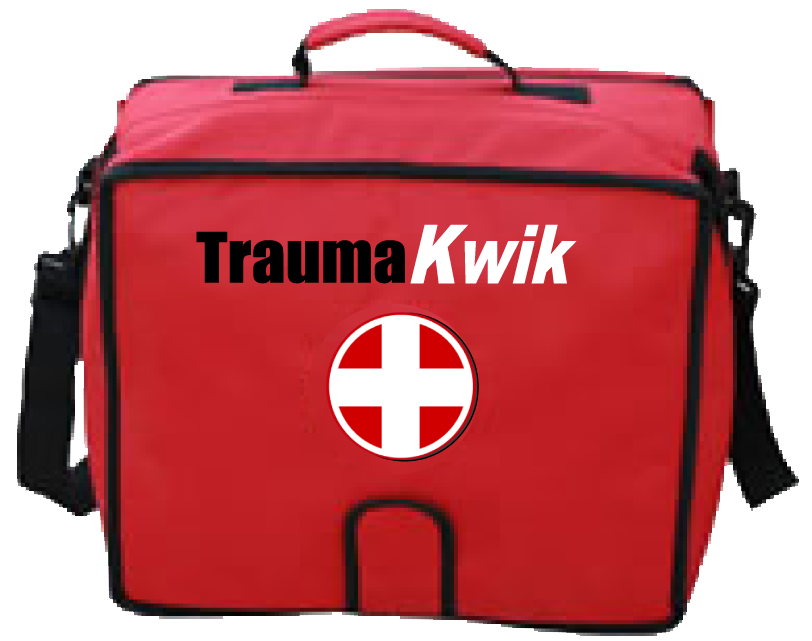
The ABS-1 Trauma kit and
TraumaKwik's Employee
Training Programs will inspire
the quick action of fellow
employees - which will bridge
the gap between an event
and the arrive of profesionals.
This will save lives!
Find Us

